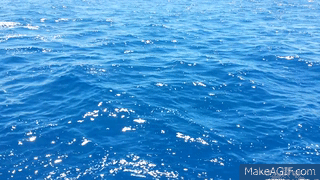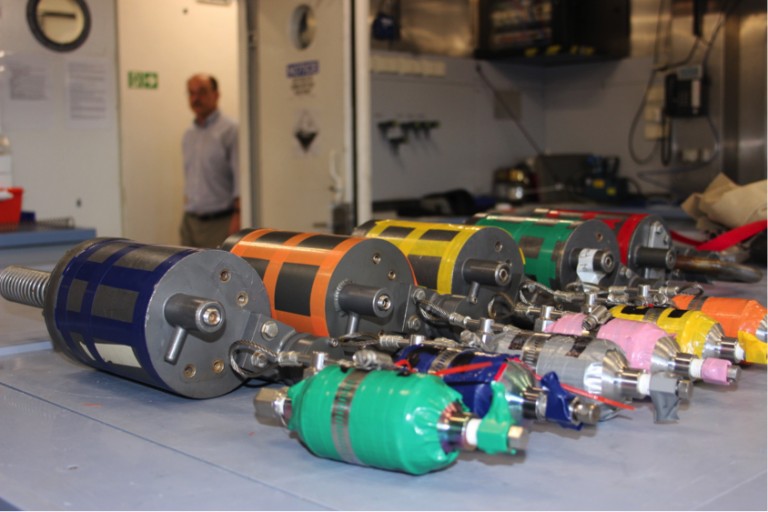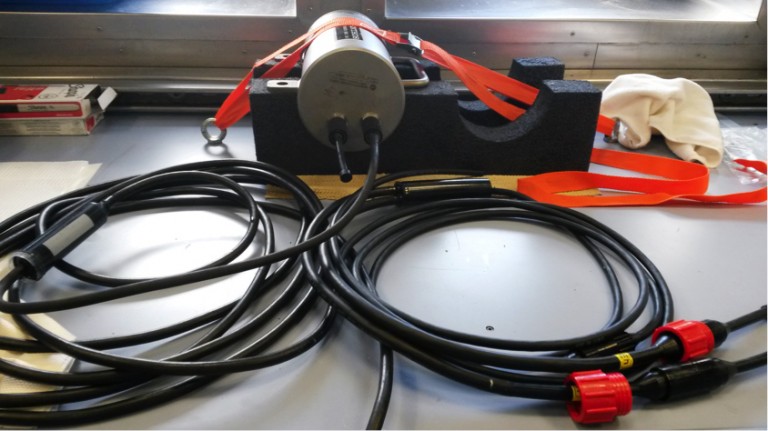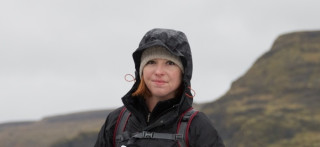On this cruise, my role is ‘fluids,’ which is a large category since we are in the middle of the ocean (Luckily I don’t have to sample all of it!)

The fluids I’m interested in are hydrothermal fluids that have formed through high-temperature reactions with rock. I will also be taking samples at points near vent animals to get an idea of the chemistry of the environment where these creatures are living. Since arriving shipboard I’ve been getting set up in the wet lab and preparing for our first ROPOS dive, which has involved constructing sensors and setting up water samplers.
We have two types of water samplers on board: ‘majors’ and ‘SIPs’. SIPs are small point samplers that are used to ‘sip’ fluids. They have a tiny nozzle that is positioned next to, or inside, an animal of interest in order to get an idea of the exact environment the animal is living in. ‘Majors’ are titanium spring samplers which are used to collect high temperature (>300°C) fluid from black or white smokers.
Both of these samplers will be triggered by ROPOS. The majors are push triggered, while the SIPS are opened by turning a valve. We have six of each type on board the ship, and our first task was to make sure that all of the samplers were clean and in good working condition.

This involves a fair bit of taking things apart and putting them back together again. We take apart each sampler, clean them and test that they trigger. Once the ROPOS dives start, we will have short amounts of time to remove water from the samplers, process the fluids, clean them and prepare them for the next dive, so we have to be comfortable with what we are doing before we start, having everything ready to go in case of short notice.

We’ve covered the samplers in colored electrical tape since it is an easy way to differentiate the samplers- they will all be mixed together on the ROV and we need to be able to tell which sample was taken at which location. The more obvious the better!

